Not so long ago, a few decades at most, anyone with a passing interest in dance knew what “modern” looked like. It was earthbound, usually barefoot, and it focussed on mundane movements such as walking or lying down as often as it looked like dance. It sometimes even turned up its nose at being seen in a theatre.
Past Present, a programme put together by the dancer Yolande Yorke-Edgell, was designed to shed light on the trajectory of contemporary dance over the past 90 years, prompted by the recent loss of one of its most important movers and shakers (pictured below), a creator and mentor whose life spanned all those years and more. Afternoon Conversations with Dancers, the most engaging piece on this mixed bill, was made by the 95-year-old Sir Robert Cohan during the first lockdown, and it shows what a broad church contemporary dance has become.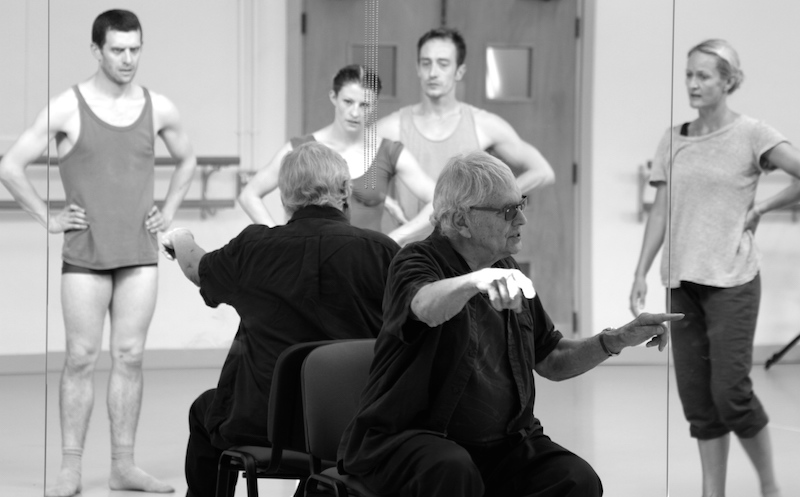 But first, the origin story, or one of them, in the form of an austere early work of Martha Graham. Lamentation, danced by Graham herself in 1930 and now revived by Yorke-Edgell, is a solo which treats the body as pure expressionist statement. Shrouded in a tube of blue stretch jersey (a fabric newly available in 1930), with only hands, face and feet showing, the seated dancer keens from side in terrible motions of grief, the body’s shapes given urgency by the tension in the fabric. The mood, and the blue, inevitably suggest Mary at the crucifixion, but the piece also seems to speak for all grieving women. Only in the final seconds does the fabric snood pull back to reveal more of the dancer’s face and hair – a moment whose sharp shock is hard to account for.
But first, the origin story, or one of them, in the form of an austere early work of Martha Graham. Lamentation, danced by Graham herself in 1930 and now revived by Yorke-Edgell, is a solo which treats the body as pure expressionist statement. Shrouded in a tube of blue stretch jersey (a fabric newly available in 1930), with only hands, face and feet showing, the seated dancer keens from side in terrible motions of grief, the body’s shapes given urgency by the tension in the fabric. The mood, and the blue, inevitably suggest Mary at the crucifixion, but the piece also seems to speak for all grieving women. Only in the final seconds does the fabric snood pull back to reveal more of the dancer’s face and hair – a moment whose sharp shock is hard to account for.
printed programmes have fallen victim to Covid along with a few other useful things we used to take for granted
Kenneth MacMillan rarely ventured into dance styles outside ballet, and you’d be hard put to identify Sea of Troubles, made in 1988, as his. It’s an expressionist retelling of the central story in Hamlet – a concentrate, really, with six dancers representing the six main characters. This might be straightforward but for the fact that the dancers repeatedly swap roles, so that we get three iterations of Hamlet, three of his mother Gertrude, three Claudiuses and three Ophelias, sometimes on stage at the same time. While admiring the clean, jagged lines of the dancing and the emotional intensity of the action, I did find myself wondering why anyone would want to take Shakespeare’s most tightly constructed play and mess it up. I met people at the interval who had so little clue what the story was that they’d decided, on the basis of the title, that it was set on board a ship.
Which raises the vexed topic of printed programmes in the theatre, which seem to have fallen victim to Covid along with a few other useful things we used to take for granted. Online programmes are not popular with audiences. And given that theatre managements once went to such pains to tell us to turn off our phones while in the auditorium, the sudden forced reliance on them is not only rather rich, but unsettling.
The latter half of this heritage evening focused on the work and legacy of Robert Cohan, whose career began in his native America as a dancer with Martha Graham’s company, but who in 1967 became the founding artistic director of The Place and London Contemporary Dance School and thus the grandfather of British contemporary dance. He either taught or mentored almost everyone. He also left a fine body of his own work, and in early 2020, at the age of 95, began creating what was to be his last.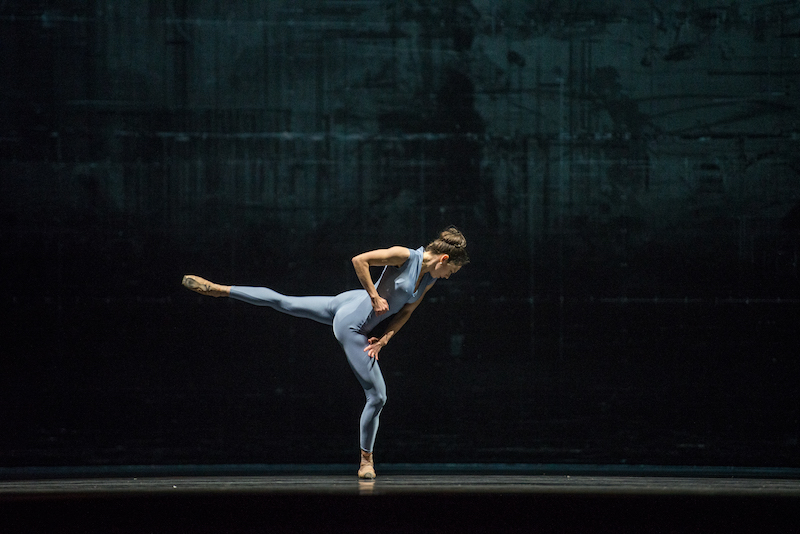 Made almost entirely via Zoom, Afternoon Conversations with Dancers is a series of sharply characterised solos telling personal stories of isolation, loss, survival and, ultimately, triumph. Cohan’s aim for each solo was to capture something about the dancer. A guy in a neat suit criss-crosses the space, stopping to execute isolated balances so perfect they seem to still time. A woman in satin flounces seems agitated, searching for something dropped or lost. A man in a hurry takes everything at a run, scuttling from one frantic bench press to another. By the end of this stopwatch marathon his panting has become a musical feature. A contemplative segment for Yorke-Edgell in black perhaps refers to the loss of her mother.
Made almost entirely via Zoom, Afternoon Conversations with Dancers is a series of sharply characterised solos telling personal stories of isolation, loss, survival and, ultimately, triumph. Cohan’s aim for each solo was to capture something about the dancer. A guy in a neat suit criss-crosses the space, stopping to execute isolated balances so perfect they seem to still time. A woman in satin flounces seems agitated, searching for something dropped or lost. A man in a hurry takes everything at a run, scuttling from one frantic bench press to another. By the end of this stopwatch marathon his panting has become a musical feature. A contemplative segment for Yorke-Edgell in black perhaps refers to the loss of her mother.
Finally, in a burst of light comes Romany Pajdak (pictured above), a guest artist from the Royal Ballet. A goddess in startling ice-blue leotard and gleaming pointe shoes, she dashes off a stageful of jetés as if to say yes, I’m from the other side of the dance divide, but let’s just see what we have in common. One of those shared qualities is precision of execution and clarity of vision. It’s as if old age had imbued the choreographer with a magic scalpel. Everything extraneous is cut away, allowing the essential thought to gleam.
- The Robert Cohan solos featured in a film, Lockdown Portraits, screened at the Barbican last month. The film will be screened again in 2022
- Read more dance reviews on theartsdesk

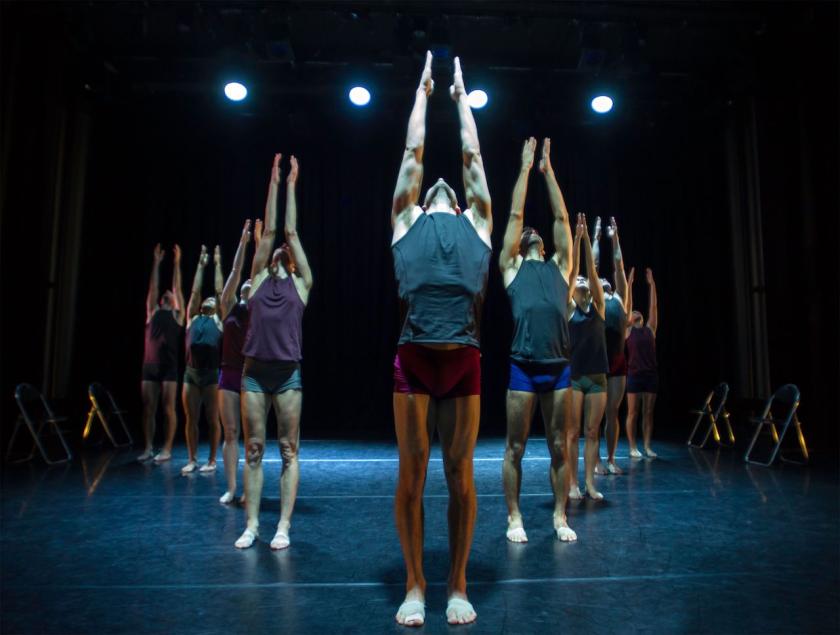


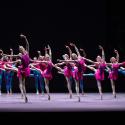

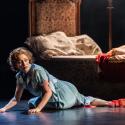


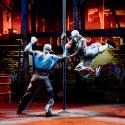


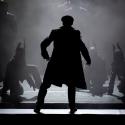
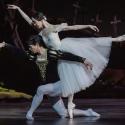
Add comment